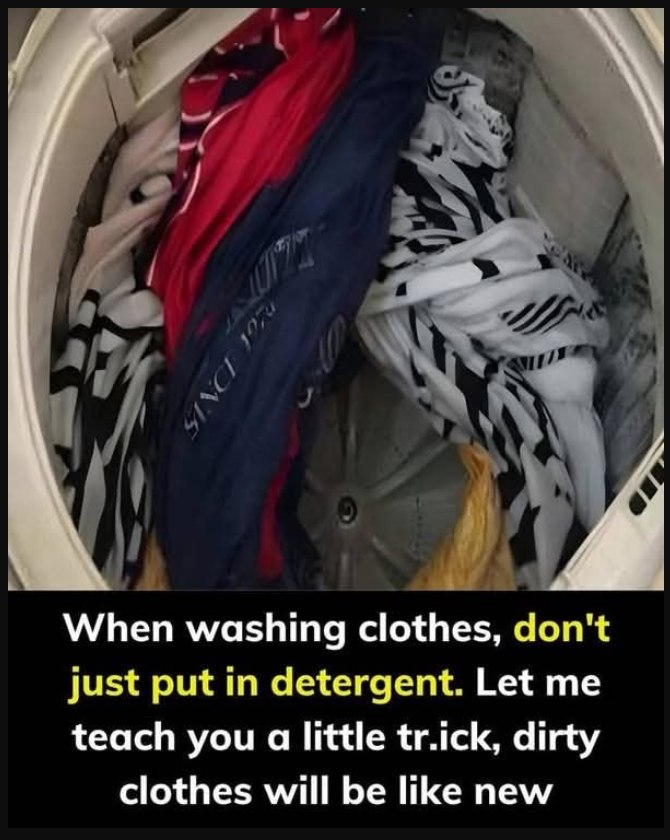When it comes to doing laundry, most people simply toss their clothes into the washing machine, add some detergent, and press start. But if you’ve ever noticed your clothes wearing out too quickly, fraying, or even tearing after a few washes, the problem may not be with the clothes themselves—it could be how you’re using your washing machine. Whether you have a top-load or front-load washer, improper washing habits can lead to serious fabric damage over time.

One of the biggest culprits behind worn-out clothing is the washing machine’s mechanical force. Unlike hand washing, which is relatively gentle, washing machines use a combination of high-speed spinning and tumbling that puts stress on the fabric. This intense motion, especially during the spin cycle, can stretch, twist, and pull garments in multiple directions, leading to premature wear. That’s why even high-quality garments can start to look faded, thin, or torn after just a few months if you’re not careful with how you launder them.
A common mistake many people make is overloading the washing machine. It might seem like a good way to save time and water, but stuffing too many clothes into the drum can actually backfire. When the machine is overloaded, clothes don’t have enough space to move freely. Instead, they get packed tightly together and rub against each other during the wash. As the drum spins, the friction between compressed garments increases, which can stretch delicate fabrics, snap seams, or cause small tears to grow bigger.
In addition to overloading, another overlooked issue is how clothes are loaded into the machine. Many of us are guilty of tossing in items carelessly, without any thought about how they’re arranged. But when clothes are thrown in haphazardly, they can easily become entangled. Long sleeves wrap around pant legs, drawstrings twist into shirts, and before you know it, your laundry turns into one giant knot. When the machine starts spinning, these tangled garments are pulled in different directions, putting extra strain on the fabric and stitching. This not only shortens the lifespan of your clothes but can also throw the drum off balance, making the washing machine less effective overall.
It’s also worth noting that certain fabrics are more prone to damage than others. Delicates like lace, silk, and lightweight cotton need extra care. Washing them alongside heavy items like jeans or towels can lead to pilling, snagging, and tearing. The weight and rough texture of sturdier items can act like sandpaper on softer fabrics during the wash cycle. That’s why it’s important to separate laundry by fabric type and weight—not just by color—to ensure your clothes are getting the treatment they deserve.
So what’s the best way to protect your clothing while still getting them clean? Start by paying attention to how much laundry you’re putting in at once. Most machines have a fill line or load recommendation—follow it. If you have more clothes than the machine can handle, it’s better to do two loads than risk damaging your wardrobe. Next, take a few extra seconds to gently untangle clothes before placing them in the drum. Smooth out sleeves, straighten pant legs, and make sure drawstrings are tied or tucked in. This small step can go a long way in preventing unnecessary stress on your garments.
Using a mesh laundry bag is another great solution, especially for small or delicate items like lingerie, socks, and baby clothes. These bags create a protective barrier that allows water and detergent to pass through while reducing the direct friction between garments. And always remember to zip up zippers, button buttons, and turn clothes inside out before washing—these actions can help reduce surface damage and preserve colors and prints.
In the end, a few mindful habits can make a big difference in how your clothes hold up over time. Washing machines are incredible time-savers, but they’re not always gentle. By being more thoughtful about how you load your laundry and avoiding common mistakes, you can keep your clothes looking newer, longer—and save money by not having to replace them as often. After all, it’s not just about cleaning your clothes—it’s about taking care of them too.





